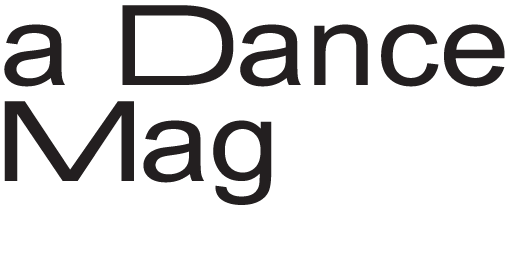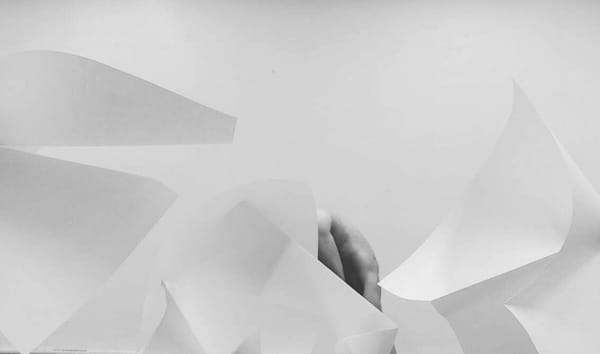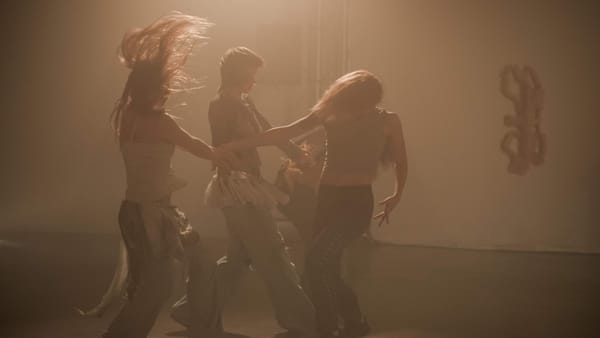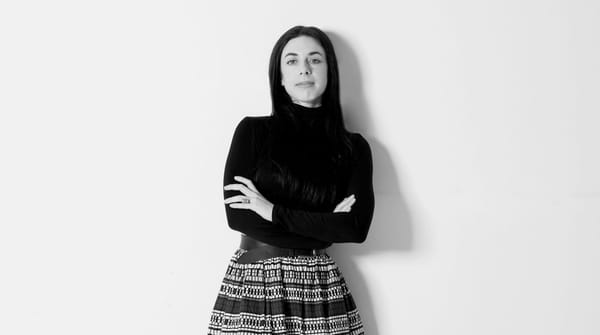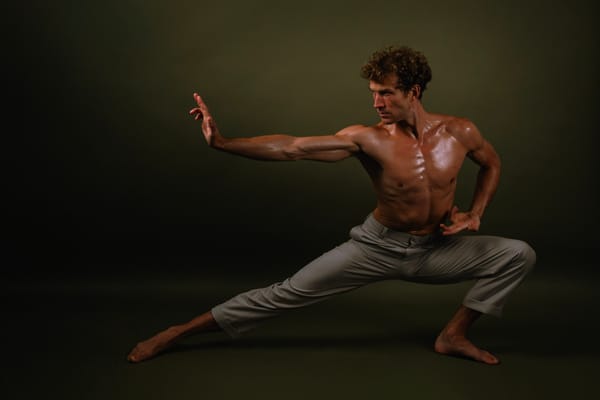The Bearable Lightness of Flow
By Elze Visnevskyte — We’re taught to channel every thought, emotion, and creative impulse. But what if the deepest work is just… opening the floodgates?"
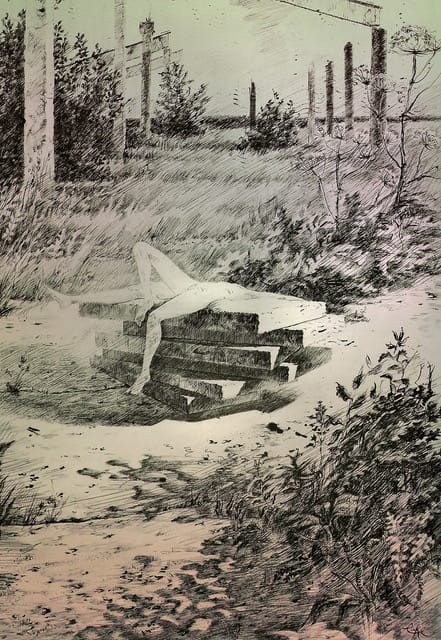
by Elze Visnevskyte
“Now breathe out, close your eyes, and relax your shoulders.” The yoga teacher’s voice was meant to calm me, yet my mind kept racing. I thought about how in ten minutes the practice would be over, mentally drafting a plan for the rest of the day—arranging dance practices, meals, sleep. “Now make a gap between your teeth, relax your face,” the teacher murmured. How do I relax my face? Isn’t there already a gap between my teeth? Suddenly, I realized how resistant my mind was.
Trying hard to let go sounds paradoxical. It means using tension to achieve relaxation, effort to reach effortlessness. I thought of those deep-tissue massages where the masseuse presses into knots to release them. There’s a hurdle on the path to letting things flow, and that hurdle is control. Why is letting go of control so scary? Is it because we don’t always know what’s on the other side?
“Breathe in and out, and release any tension you’ve been holding.” I followed the instructions, willing myself to relax. Gradually, with each breath, my face began to feel shapeless, almost as if it were melting. I released tension throughout my body, but it felt strange—unsettling to accept the lack of control over how my body felt. I realized how much I’d been gripping myself, how frightening it was to loosen that hold.
As I relaxed, I not only noticed my body slipping into an unfamiliar state but also a surge of emotions rising. Tears welled up for no apparent reason, and I mentally scanned for possible sources of sadness—current worries, anxieties, losses, longings—but nothing justified this sudden urge to cry. Even as I grew more vulnerable, I wanted to stay in that state. Instead of resisting, I quieted the search in my mind and recognized the tears as a physical release, tension draining from my face, my chest, even my toes. Letting go unleashed a flow, and in this case, quite literally, a flow of tears.
Water is a fitting metaphor for flow—moving like a river. In that case, control acts as a dam, regulating and directing. Alternatively, the artistic process often frames the artist as a conduit, allowing ideas to pass through freely. That’s where we must challenge our need for control and explore what happens when we surrender it.
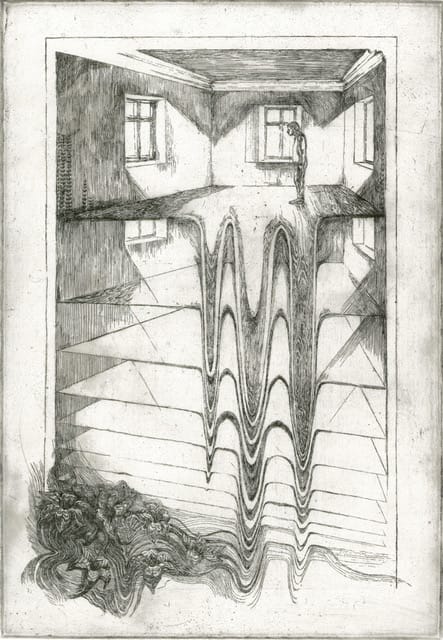
For many of us, striving and struggling hold a certain allure. We’re taught that anything important demands effort—sleepless nights, sweat, and tears are badges of honor. Naturally, we apply this mindset to work, relationships, and creative pursuits. We push to be our “best selves” in every arena. But what if we allowed our “non-superlative selves” to exist and express themselves? What if the knowledge is already within us, and we only need to let it in, to let it move through us? To relax enough that we become vessels for ideas, emotions, words, and movements?
As children, we did this instinctively. I remember going to a friend’s house after school and sitting at the piano for hours, not knowing a single note or proper hand position. (To be accurate, I should say hitting the piano—my sounds were far from Chopin, and my poor friend was hardly treated to a concert.) Yet I found joy in that uncontrolled expression, a wild energy channeling itself outward. I was deep in the flow, unafraid, unrestrained. Young and untamed, I didn’t care how I sounded. Years later, lying in yoga class, I wondered what happened to that girl pounding the black and white keys.
What would effortless work, relationships, or creativity look like? I scribbled the question in my notebook and felt something shift inside. Years of conditioning told me I had to fight for what I cared about. But looking back at my most fulfilling moments—writing, dancing, time with loved ones—it was the effortlessness that made them special. The bearable lightness of flow.

I put on a swing song. Alone in the studio, I began dancing, my body stiff, my mind jumping from steps I wanted to try to dissatisfaction with my arm movements. I pushed through, but the flow wouldn’t come. At the end, sweaty and slightly disappointed, I almost called it a day—then played one more song just to listen. At first, I didn’t dance. I let the music sink into my bones, my joints, until it wiggled my fingers and bobbed my head. Minutes in, I couldn’t contain myself. My body moved through space, not just catching the music but becoming it—every trumpet squeak, drum break, clarinet note, trombone slide. When I stopped fighting, stopped pushing, I simply was. And in that being, I merged with everything around me.
I was finally flowing.
Elze Visnevskyte, based in Vilnius, Lithuania, bridges literature and dance. With a background in creative writing, she explores dance’s social context through essays and podcasts. As a Swing dancer and educator, she honors the African American roots of the form.
